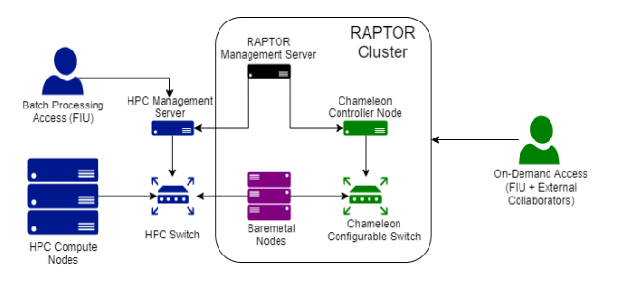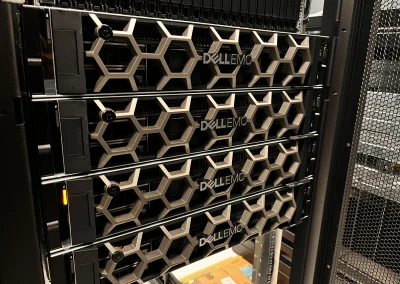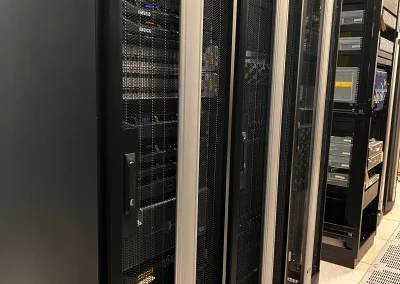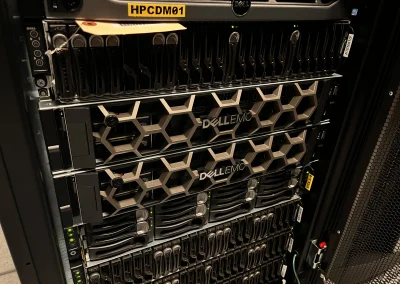Design & Specification
The RAPTOR architecture will consist of a Chameleon cloud platform and will integrate with the production HPC cluster at FIU, that also contributes to the Open Science Grid’s (OSG) Open Science Pool. RAPTOR will allow dynamic allocation of hardware resources between the Chameleon Platform and the HPC cluster as managed and controlled by the RAPTOR Management Server. The green segments shown in the Figure represent the cyberinfrastructure dedicated to the on-demand Chameleon cloud environment, while the blue segments represent the existing production FIU HPC environment, and the purple segments represent the parts of the RAPTOR cluster that will reside on either of the two environments. The black segment represents the management server that will control the movement and provisioning of bare-metal nodes between the two environments based on the demand.

The Chameleon Platform is based on OpenStack that allows provisioning of bare-metal nodes while giving the researcher full control of the software stack for customization. It is a production testbed for researchers to conduct experiments in systems research developing new operating systems, virtualization methods, software tools, and resource management. The FIU HPC cluster is a centrally managed infrastructure with over 3,000 available CPU cores to run parallel applications. The Open Science Grid (OSG) allows institutions across the country, including FIU, to support open science by contributing idle CPU cycles on their respective clusters. FIU researchers will be able to harness the capacity of the OSPool via OSG-operated access points by going to OSG Connect and getting an OSG Account.
In addition to providing resources to FIU researchers, RAPTOR will contribute to a national research community through Chameleon and OSG. The servers are part of the Chameleon cloud platform. As such, researchers from across the country will be able to make reservations and access the resources via the web-based Chameleon Resource Browser. The servers are also part of the HPC cluster; they will be added to the OSG’s Open Science Pool of resources that will allow domain scientists from across the country to deploy their research workflow on the FIU HPC. RAPTOR can dynamically move resources between the Chameleon platform and the HPC cluster based on the research demand upon allocation. When a migration decision is made, the RAPTOR management server, which constantly monitors the load and demand in both environments, can reboot a specific server and reconfigure the network switch so that the server can join the new environment and run jobs therein.

This material is based upon work supported by the National Science Foundation under Grant No. 2126253. Any opinions, findings, and conclusions or recommendations expressed in this material are those of the author(s) and do not necessarily reflect the views of the National Science Foundation.



